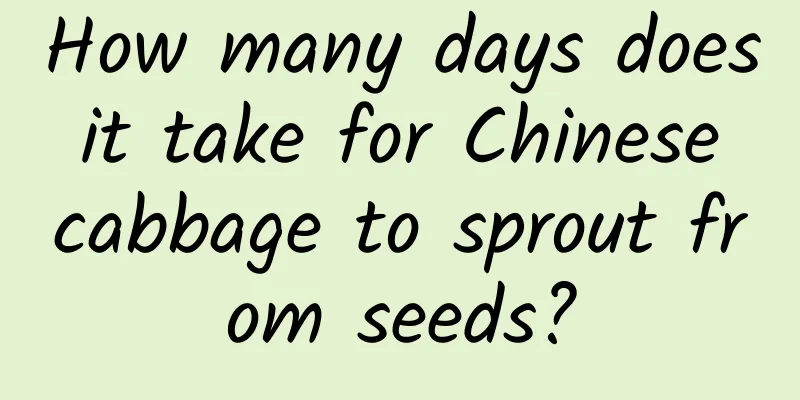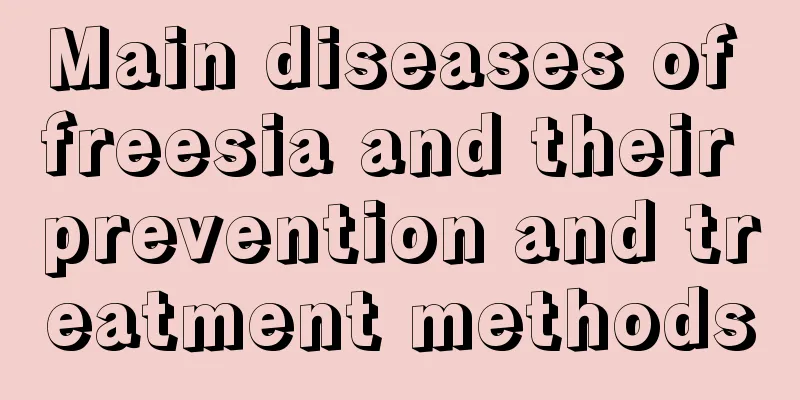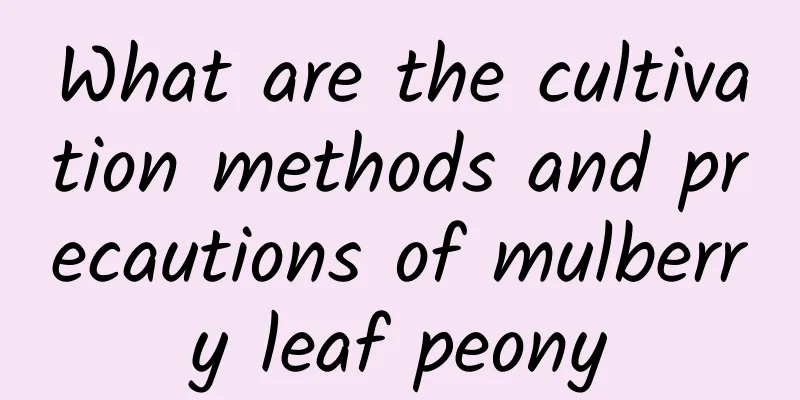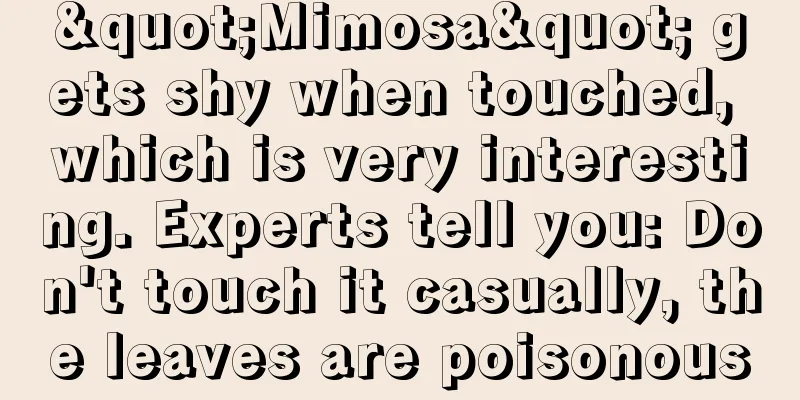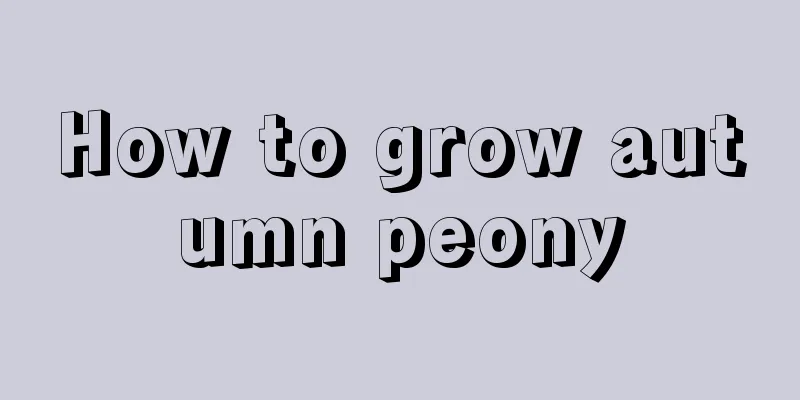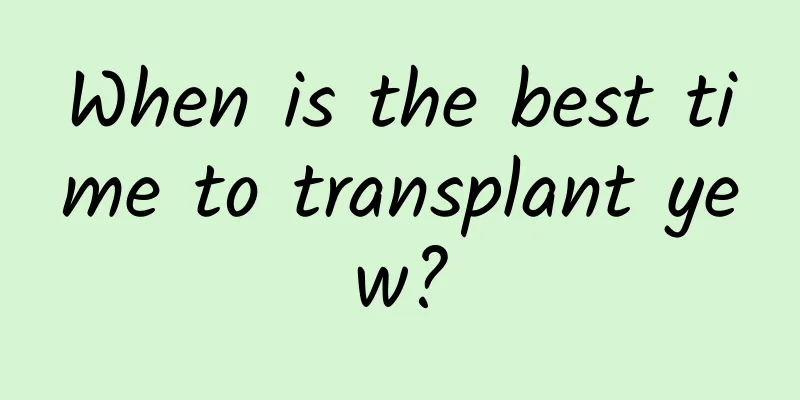Can urea plus salt kill weeds? (What mixture of urea can be used as a herbicide?)
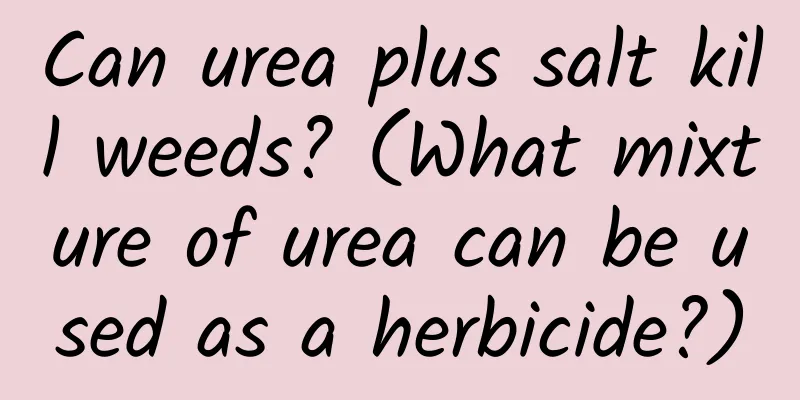
|
Urea has been used by all farmers. It can play a very good role whether it is used as base fertilizer or as topdressing during the critical period of crop growth. However, as urea is a single element fertilizer with a very high nitrogen content, it is necessary to isolate it from the seed fertilizer when using it as base fertilizer. When spraying it on the leaves, you should also avoid high temperature periods and use concentrations to avoid leaf burning. Moreover, the utilization rate of urea for spreading is very low. Some say it can reach 20%, but in my opinion it is less than 10%. There are five commonly used "golden combinations" of urea, namely: when spraying herbicides, you can add some urea to speed up the liquid spraying and improve the efficacy of the drug. One pound of urea + 125 grams of neutral laundry detergent has a good preventive effect against aphids, cabbage loopers and red spider mites; urea + potassium dihydrogen phosphate can cultivate strong seedlings and promote growth. Urea + glucose can reduce the incidence of downy mildew and powdery mildew; urea + sodium nitrophenolate can make the leaves turn green quickly and accelerate the growth of the root system. Recently, a teacher posted online that urea + salt can be used as a herbicide. Can it really achieve the purpose of weed control? What are the disadvantages? Let's analyze it! 1. Urea + saltUrea has very strong permeability and is close to water, so it can easily penetrate into plants. In addition, urea can slightly burn plant leaves, causing them to protect themselves and speed up absorption. Therefore, using urea and herbicides together can improve the weed control effect. Let’s take a look at table salt. The main chemical component of salt is sodium chloride, which has a relatively high osmotic pressure, while the osmotic pressure of the cell fluid in plant cells is relatively low. This results in a situation where the plant cells are unable to absorb water or instead have water pumped outwards. Without water, the cells cannot function normally and naturally wilt and die. Just like when we use salt to kill large trees, the tree roots will become dehydrated when exposed to salt water, blocking the transfer of nutrients and causing the tree roots to quickly dehydrate and die. Therefore, we use urea and salt together to achieve the weed control effect. 2. Compounding methodThe compounding method is also very simple. Farmers are advised to mix 150 grams of urea and 50 grams of salt for every 15 kilograms of water, stir well and then spray. 3. Notes1. We cannot spray directly on crops, because urea plus salt can quickly dehydrate plant roots. Therefore, it does not distinguish between friend and foe, and both crops and weeds can be damaged. It can only be used in open spaces and between crop rows. 2. It is best not to use urea alone on weeds. If the concentration is not enough, not only will the weeds not be removed, but they may also grow wildly. Therefore, when we use urea to weed, we must use it together with pesticides or salt. For example, urea + glyphosate or glufosinate ammonium. 3. For malignant weeds, such as water peanut, reed, thatch, cyperus, Erigeron, Goosegrass, field bindweed, etc., do not use this formula anymore, it will not work. Ordinary herbicides cannot get rid of them, and this small formula cannot get rid of them either. 4. It is best to use it during high temperature periods, which can better burn the leaves, and increasing the concentration will have better effects. 5. This method cannot completely remove weeds, and it does not save money, and may even cost more than using pesticides. You can try it for small plots of land. For example, around greenhouses, you may be afraid that pesticides will fumigate crops and cause pesticide damage. However, it is not recommended for large-scale weeding, and it cannot be used for pre-seedling closure, as it will not work at all. In short, urea and salt are effective against most weeds, but never spray them on crops. They can only be used in open spaces and between crop rows. The mechanism of weed control is nothing more than dehydration of plant leaves and stagnation of physiological and biochemical functions, which results in the death of weeds. In terms of time, the effect of a single agent on some vicious weeds is not ideal, so it is best to use them together. In addition, some pesticides cannot be used in farmland, but can only be used in open spaces, fields, and ditches. In addition, when using between rows, protective covers must be added to prevent drifting onto crops and causing pesticide damage. |
Recommend
The difference between million bells and petunias
Introduction to Million Bells and Petunias Name: ...
The world's most bizarre plants you've never seen
Lips Flower This peculiar plant may appear to hav...
The difference between pea green and jade tree
1. Distinction between families and genera Pepero...
How many years does it take for walnuts to bear fruit?
Walnut planting results after several years Walnu...
What are the cultivation methods and precautions of color-changing wood?
Cultivation method of chamomile The variegated wo...
Anthracnose of Phalaenopsis and its control methods
Anthracnose of Phoebe The most common disease of ...
How to make a bonsai of June Snow
Types of shapes The branches of June snow are sof...
Dandelion planting and cultivation technology, dandelion pictures
1. Before and after germination The plants are in...
How long is the growing cycle of citrus?
Introduction to Citrus Growth Oranges are suitabl...
Ground Bean Planting Time and Method
Ground bean planting time The planting time of gr...
What are the cultivation methods and precautions of the money tree?
Nasturtium Introduction Nasturtium is a plant of ...
How to save the dragon blood tree leaf tips from drying up
1. Increase the temperature 1. Cause: If this pro...
Can Monstera be repotted in summer? What should be paid attention to when repotting in summer?
Can Monstera be repotted in summer? For Monstera,...
How to effectively weed your garden in winter
Applying pesticides on sunny days with high tempe...
What are the effects and functions of dragon bone flower and what are the taboos
1. The efficacy and function of dragon bone flowe...
